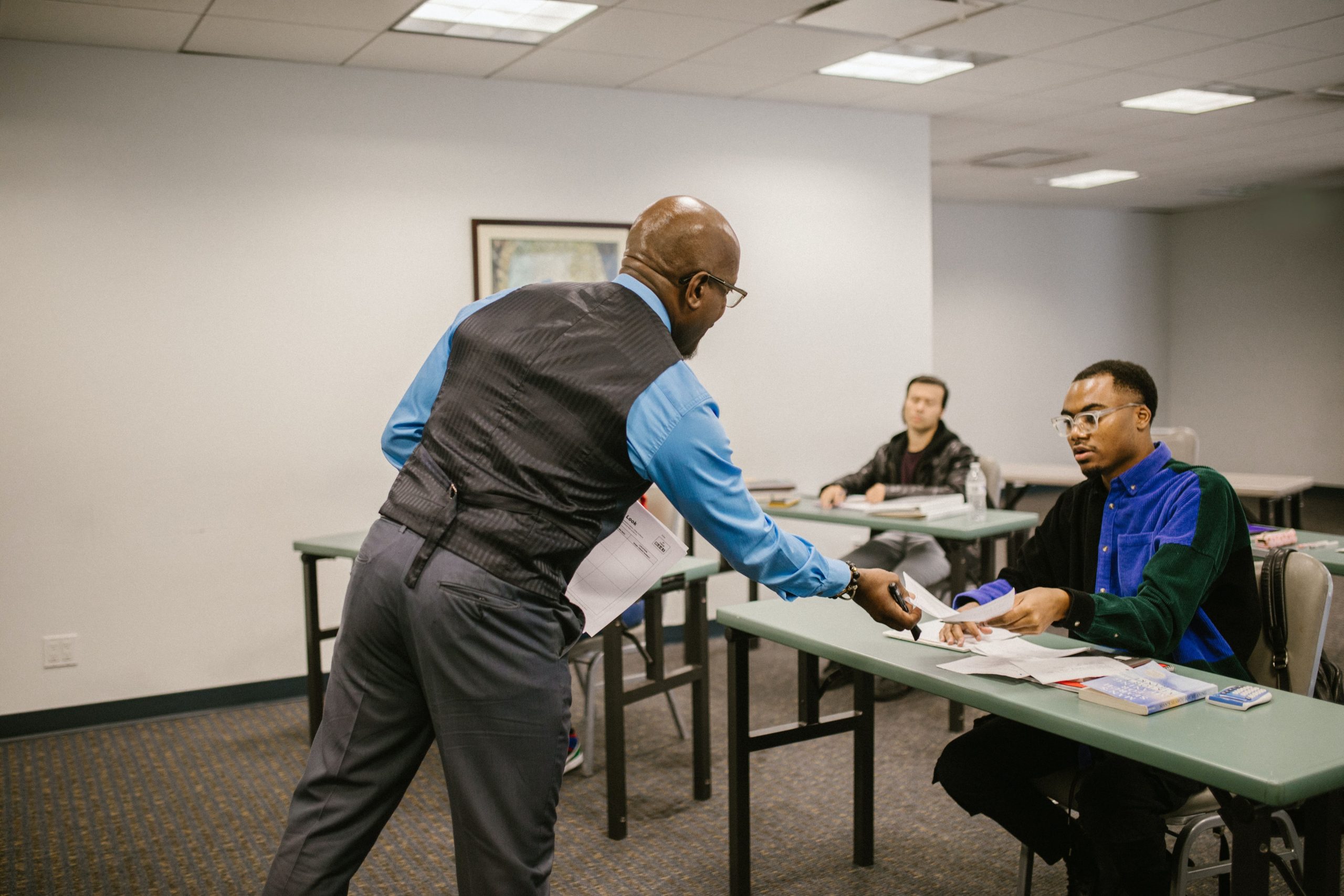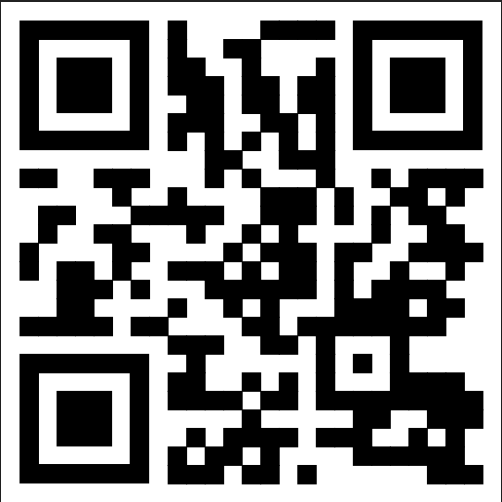
As educators, it is essential to evaluate student learning and understanding in order to adjust teaching strategies and improve student achievement. One way to do this is through formative assessment. In this article, we will explore the importance of formative assessment, its benefits for both teachers and students, key components, and the different types that can be utilized in the classroom.
Understanding Formative Assessments
Formative assessment is a crucial tool for teachers to help students achieve their learning goals. It is a process used by teachers to continuously monitor student learning and provide ongoing feedback to improve student achievement. The primary purpose of formative assessment is to identify gaps in student learning and adjust teaching methods to address these gaps before moving on to more advanced topics.
Definition and Purpose of Formative Assessment
Formative assessment is a form of assessment that occurs throughout the learning process, as opposed to summative assessment which occurs at the end of a unit or course of study. It is a valuable tool for teachers to help students achieve their learning goals. The process involves gathering information about student learning and using that information to adjust teaching methods to better meet the needs of individual students.
One of the key benefits of formative assessment is that it helps teachers to identify areas where students may be struggling. By providing regular feedback on student progress, teachers can adjust their teaching methods to address these areas of difficulty and help students to achieve their learning goals.

Differences Between Formative and Summative Assessment
While both formative and summative assessments evaluate student learning, there are key differences between the two. Summative assessments are used to measure a student’s overall understanding of a unit or course of study at the end of the learning process, while formative assessments are used throughout the learning process to improve understanding and identify gaps in learning.
Formative assessment is an ongoing process that allows teachers to make adjustments to their teaching methods based on student progress. This approach helps to ensure that students are able to achieve their learning goals and develop a deep understanding of the material being taught. By contrast, summative assessment is a one-time evaluation that provides a final measure of student understanding at the end of a unit or course of study.
Overall, formative assessment is an essential tool for teachers to help students achieve their learning goals. By providing ongoing feedback and adjusting teaching methods to meet the needs of individual students, teachers can help to ensure that all students are able to succeed and reach their full potential.
Benefits of Formative Assessment
Formative assessment is a powerful tool for improving student learning and engagement. By providing ongoing feedback, students are empowered to take ownership of their learning and understand their progress towards meeting learning objectives and success criteria. This increases their motivation to learn and reduces the risk of disengagement or giving up.
Improved Student Learning and Engagement
Formative assessment helps students to develop a growth mindset, where they see mistakes as opportunities for learning and growth. When students receive feedback on their progress, they are more likely to take risks and try new things, which can lead to deeper learning and greater engagement with the material.
Additionally, formative assessment allows students to monitor their own learning, which can help them to identify areas where they need more support or practice. This self-reflection and self-evaluation can be a valuable skill that students can carry with them throughout their academic and professional careers.
Enhanced Teacher-Student Communication
Formative assessment also fosters improved communication between teachers and students. By providing individual feedback to students, teachers can build stronger relationships with their students and create a more personalized learning experience. This can help to increase student motivation and engagement, as well as improve student outcomes.
Furthermore, formative assessment can help teachers to identify areas where they may need to adjust their teaching methods to better meet the needs of their students. By working collaboratively with their students, teachers can create a more supportive and inclusive learning environment that benefits everyone.
Early Identification of Learning Gaps
Another benefit of formative assessment is the early identification of learning gaps. By regularly assessing student learning, teachers can quickly identify when a student is struggling and adjust their teaching methods to address these issues before they become more significant. This helps to prevent students from falling behind and ensures that they are prepared for more advanced topics.
Furthermore, formative assessment can help teachers to identify patterns of misunderstanding or confusion among their students. By addressing these areas of difficulty early on, teachers can prevent misconceptions from becoming entrenched and help students to develop a deeper understanding of the material.
Overall, formative assessment is a valuable tool for improving student learning and engagement, enhancing teacher-student communication, and identifying learning gaps early on. By incorporating formative assessment into their teaching practice, teachers can create a more supportive and effective learning environment that benefits all students.
Key Components of Formative Assessment
Formative assessment is an essential tool for teachers to evaluate student learning and improve teaching methods. It involves gathering information about student understanding and using this information to adjust teaching strategies and provide support where needed. There are several key components of formative assessment that are crucial to its success.

Learning Objectives and Success Criteria
The first key component of formative assessment is the establishment of clear learning objectives and success criteria. These objectives and criteria should be specific, measurable, and achievable. Teachers must clearly communicate these to students so that they understand what is expected of them and how they will be evaluated. This provides a clear roadmap for the learning process and helps students to stay focused on the task at hand.
For example, if the learning objective is to write a persuasive essay, the success criteria might include using evidence to support arguments, organizing ideas logically, and using persuasive language.
Effective Questioning Techniques
Another important component of formative assessment is the use of effective questioning techniques. By asking open-ended questions that require critical thinking and problem-solving skills, teachers can gain insights into student thinking and understanding. This can help to identify gaps in learning and determine the most effective teaching strategies to address these issues.
For example, a teacher might ask students to explain their reasoning behind a particular answer or to provide examples to support their thinking. This can help the teacher to understand how the student is approaching the problem and whether they have a solid understanding of the underlying concepts.
Feedback and Reflection
Finally, providing regular feedback and encouraging reflection are key components of formative assessment. By providing timely feedback to students, teachers can help them to understand their progress towards meeting learning objectives and success criteria. This feedback can also be used to adjust teaching methods and provide additional support where needed. In addition, encouraging students to reflect on their learning can help to deepen their understanding and promote self-directed learning.
For example, a teacher might provide feedback on a student’s essay, highlighting areas where they did well and areas where they could improve. The teacher might also ask the student to reflect on their writing process and identify strategies they could use to improve their writing in the future.
Overall, formative assessment is a powerful tool for improving student learning and promoting effective teaching practices. By establishing clear learning objectives and success criteria, using effective questioning techniques, and providing regular feedback and reflection opportunities, teachers can help students to achieve their full potential.
Types of Formative Assessment
Formative assessment is an essential tool for teachers to evaluate student learning and adjust their teaching methods to better meet the needs of their students. There are several types of formative assessment, each with its unique benefits and advantages.
Observations and Anecdotal Records
Observations and anecdotal records are valuable tools for formative assessment. By observing student behavior and engagement during classroom activities and recording these observations, teachers can gain insights into each student’s unique learning style and needs. This information can then be used to adjust teaching methods to better meet these needs.
For example, a teacher may notice that a student is struggling to stay focused during group work activities. By recording this observation and discussing it with the student, the teacher can work with the student to find strategies to help them stay engaged and focused during group work.
Quizzes and Exit Tickets
Another type of formative assessment is the use of quizzes and exit tickets. These can be used to assess student understanding of specific topics and adjust teaching methods as needed. Quizzes can also be used to provide students with immediate feedback on their understanding of the material, which can help to motivate them to continue learning and improving.
For example, a teacher may give a short quiz at the end of a lesson to assess student understanding of the material covered. If many students struggle with a particular concept, the teacher can then adjust their teaching methods to provide additional support and clarification on that topic.
Peer and Self-Assessment
Finally, peer and self-assessment can be valuable formative assessment tools. By encouraging students to assess their own learning and the learning of their peers, teachers can promote collaboration and critical thinking skills. This can also help students to identify areas in which they need additional support and adjust their learning strategies accordingly.
For example, a teacher may have students work in pairs to review each other’s work and provide feedback. This can help students to develop their critical thinking and communication skills while also providing valuable feedback on their work.
In conclusion, there are several types of formative assessment that teachers can use to evaluate student learning and adjust their teaching methods to better meet the needs of their students. By using a variety of assessment methods, teachers can gather a more comprehensive understanding of each student’s unique learning style and needs.
Conclusion
Formative assessment is an essential tool for teachers who are committed to improving student learning and achievement. By providing ongoing feedback, identifying learning gaps early, and adjusting teaching methods accordingly, teachers can help students to reach their full potential and succeed academically. As educators, we have a responsibility to utilize formative assessment to support our students and ensure that they are prepared for success in life.



